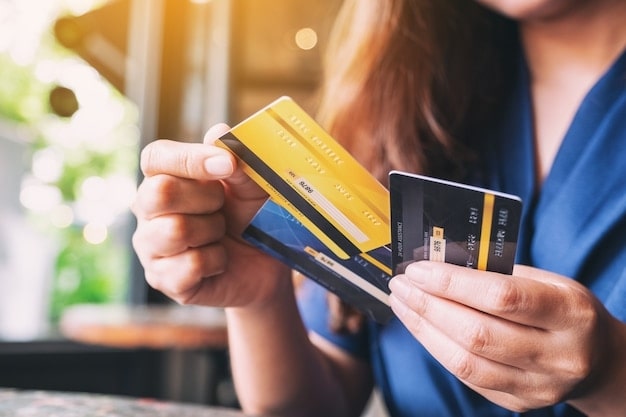Owing money across multiple credit cards can be tricky. With each account representing a different interest rate, payment due date, and outstanding balance, you’re performing a juggling act that requires careful planning and strategic decision-making. Here are five tips to make your life easier.
Tips for Keeping Multiple Bills in Check
1. Always Pay the Minimum
Most credit cards and lines of credit come with flexible repayment options. You can pay everything upfront by the due date or make a minimum payment. The minimum can be a flat fee or a percentage of your outstanding balance. Either way, it’s less than your total outstanding balance. You should always make the minimums, no matter what. This payment is enough to keep your account in good standing and prevent late penalties.
2. Budget for Maximum Payments
Making the minimums on your accounts is a little like treading water. While you won’t drown, you also won’t get anywhere fast. This analogy isn’t entirely perfect because of interest. Depending on how your lender applies your payments, interest accrual may add to your debt even when you make the minimums.
That’s why the online line of credit experts at MoneyKey recommend using a budget to free up more cash to push toward your debt. Put your fun spending on hold and eliminate unnecessary expenses from your typical month.
Don’t be disappointed if you only free up $100 or so each month. Every dollar counts, especially when you use them strategically. Target one account with this extra cash, along with its typical minimum, to pay it off faster than the others. Once you clear this debt, you can roll this money into the next account, following this cycle until you pay off every account.
What account should you start with? Focusing on the account with the highest interest rate saves you the most in interest, but concentrating on the account with the smallest balance will help you stay motivated.
3. Begin an Emergency Fund
An emergency fund is a safety net that prevents you from dipping into more debt when an unexpected expense arrives. Building one starts with your first contribution, even if it’s just $10 a month at the beginning. Each month your fund will grow by $10 within a year, you will have $120 you wouldn’t normally have on hand. You can spare even more cash for savings once you pay off your first account. Eventually, you should aim to save roughly 20% of your take-home pay every month.
4. Don’t Transfer Balances without a Plan
If you have an enormous balance on one account, you might be tempted to transfer it to an empty card. This little trick might delay the date you have to cover the minimum, but it invites risks to your finances.
You may face surprising charges like balance transfer fees and increased interest rates. You can also lose your interest-free grace period and eligibility for rewards. Your lender may even limit how much you can transfer from one account to the next. Choosing a debt payment strategy and sticking to it is a far more effective way to handle your outstanding balances.
5. Limit How Often You Use Credit
when you’re feeling the pressure of mounting debt, you should reconsider your relationship with your lines of credit and credit cards. Sometimes, there’s no way around using it, like online purchases and reservations. But most of us rely on these accounts out of convenience, mindlessly spending money we don’t have.
Leave credit at home and learn to spend with the cash you have on hand. This tip and the others shared here today can help you manage multiple bills in check.


































































